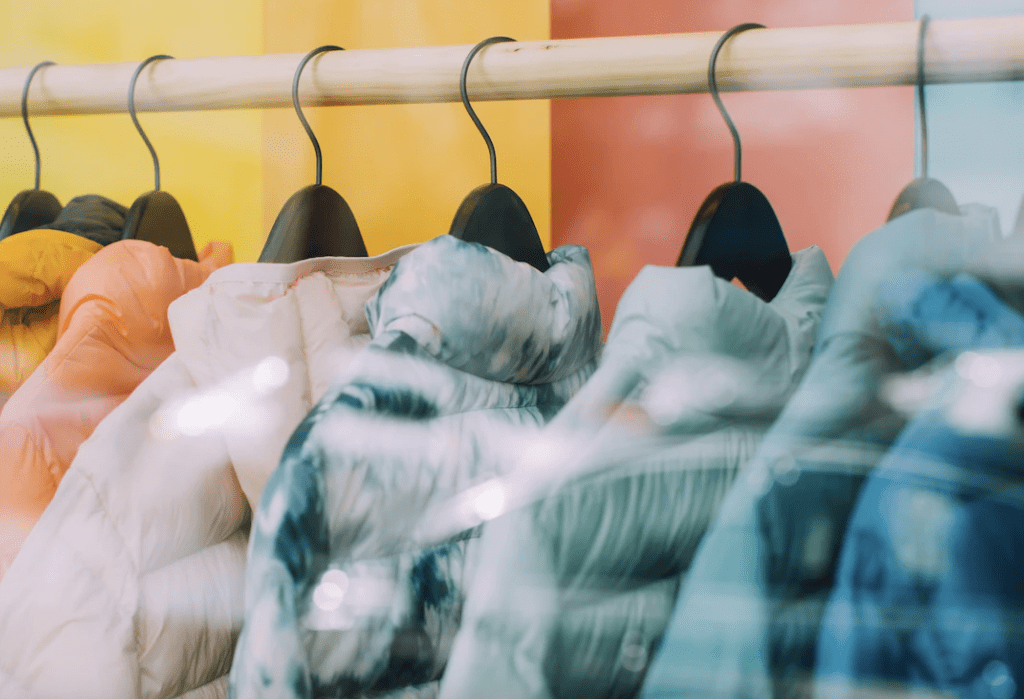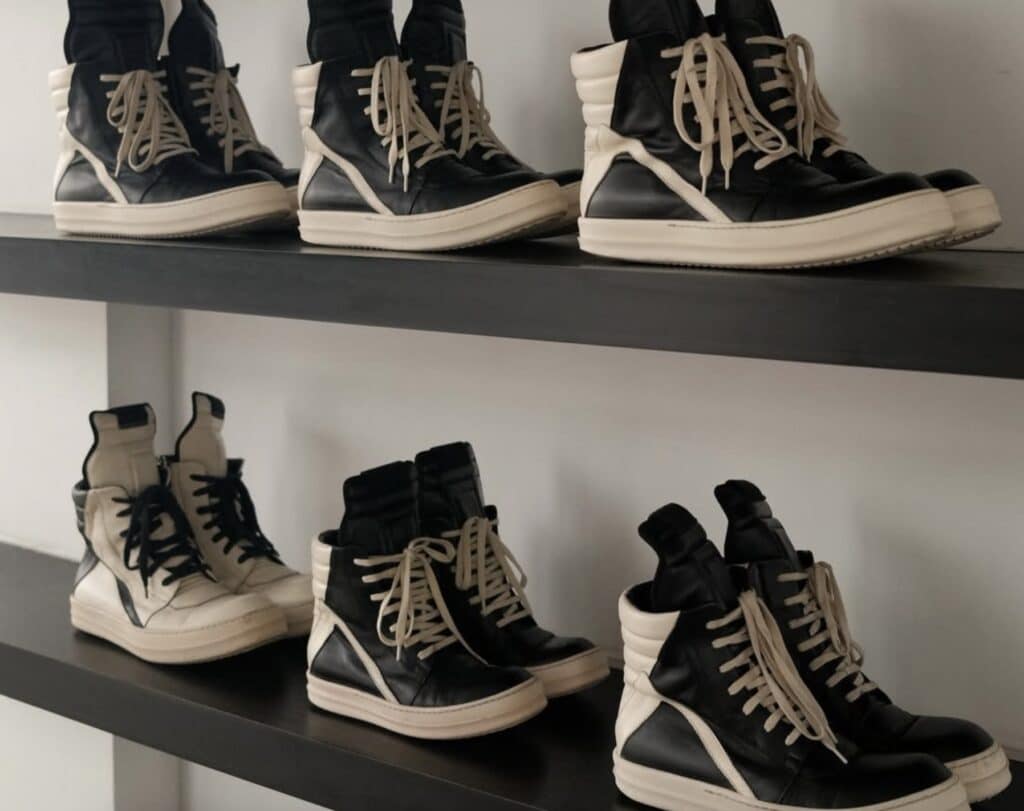New York is the latest state to ban the manufacture and sale of apparel and textiles containing perfluoroalkyl and polyfluoroalkyl substances (“PFAS”). This week, Governor Kathy Hochul signed off on S6291A, which was passed by the New York State Senate this spring, and is slated to go into effect on December 31, 2023. The New York legislation – which describes PFAS as “a class of chemical that have a variety of commercial liquid-wicking applications, which has led to their presence in a variety of products consumed by consumers” – comes amid a nation-wide push by regulators to ban these “forever chemicals,” with roughly two dozen states either enacting or proposing PFAS-specific legislation as of December.
The impending law in New York will amend the state’s environmental conservation law in order to mandate that “no person shall sell or offer for sale in this state any apparel containing perfluoroalkyl and polyfluoroalkyl substances” – i.e., “a class of fluorinated organic chemicals containing at least one fully fluorinated carbon atom” – as “intentionally added chemicals.” In terms of apparel, the bill defines it as “clothing items intended for regular wear or formal occasions including, but not limited to, undergarments, shirts, pants, skirts, dresses, overalls, bodysuits, vests, dancewear, suits, saris, scarves, tops, leggings, leisurewear, formal wear, onesies, bibs, and diapers.”
States Focus on PFAS Legislation
New York is not the only state to focus specifically on apparel when it comes to outlawing these chemicals, which are commonly used to make products water-repellant or waterproof, stain-resistant, and/or breathable; California has passed a PFAS-specific law that covers apparel and textiles, while states, such as Rhode Island and Minnesota, have proposed similar legislation. Cosmetics have also proven a common focus for PFAS legislation, with the likes of California, Colorado, Maryland, and New York passing laws to stop the offer and sale of cosmetic products and personal care products containing such substances.
“Manufacturers, distributors, and retailers of consumer products across a broad spectrum of industries are being impacted by regulations regarding the presence of per- and polyfluoroalkyl substances in their products,” Bryan Cave’s Thomas Lee, Emma Cormier, and John Kindschuh stated in a recent note, asserting that “this area is rapidly developing as states create new laws, and the penalties and litigation risk for non-compliance can be significant.”
And not limited to state-level action, Congress also appears to be readying to regulate PFAS at a national level. Signed into law in December as part of the Consolidated Appropriations Act, the Modernization of Cosmetics Regulation Act calls on the Food and Drug Administration to issue a report assessing the use of PFAS in cosmetics, including the safety of such chemicals for use in cosmetics and personal care products, by no later than 2025.
Rising Lawsuits over PFAS
All the while, litigation centering on PFAS is on the rise, and lawsuits are not merely being lodged against large chemical manufacturers, which were among the early targets of such cases. Companies at “every level of the stream of commerce now face exposure to PFAS litigation,” according to Thompson Coburn LLP’s John Galvin, Suzanne Galvin, and Tim Briscoe, who who note that the pool of plaintiffs – and defendants – has “expanded, particularly over the last [several] months, to include retailers of PFAS-containing apparel, restaurants that sell food in PFAS-containing packaging, and producers of PFAS-containing cosmetics.”
They point to the proposed class action suit that was filed against REI in a California federal court in April, in which the outdoor apparel and equipment retailer was accused of fraud, false advertising, unfair competition, and breach of express and implied warranties, among other things, as a result of its sale of PFAS-containing waterproof coats. REI has since been named in a separate – but similar – class action in federal court in Washington. Meanwhile, cosmetics companies Cover Girl, Shiseido, L’Oréal, and Coty have also been respectively named in lawsuits for their alleged use of PFAS in their products, including water-proof mascaras.
And in a case waged against Burt’s Bees and its parent company Clorox in February 2022 in federal court in California, Plaintiff Daniela Gruen took particular issue with Burts’s advertising of its products as “safe, natural, and sustainable,” when she alleges that the specific goods at issue were “independently tested and found to contain high levels of PFAS.”
As the number and variety of lawsuits increases, the Thompson Coburn attorneys assert that “companies are taking a harder look at their potential PFAS exposure and changing current practices to remove or mitigate the amount and types of PFAS included in their processes and products.” They contend that such efforts should already be underway “for companies subject to the Toxic Substances Control Act or other regulatory requirements for reporting details about the specific PFAS that they produce, use, and/or store at their facilities.” At the same time, they contend that importers of PFAS-containing products “should also be assessing whether reporting requirements apply to them and what information they made need to obtain from their international business partners, nothing that “it is clear this evolving area of litigation will continue to rapidly expand, until virtually every company is impacted.”











